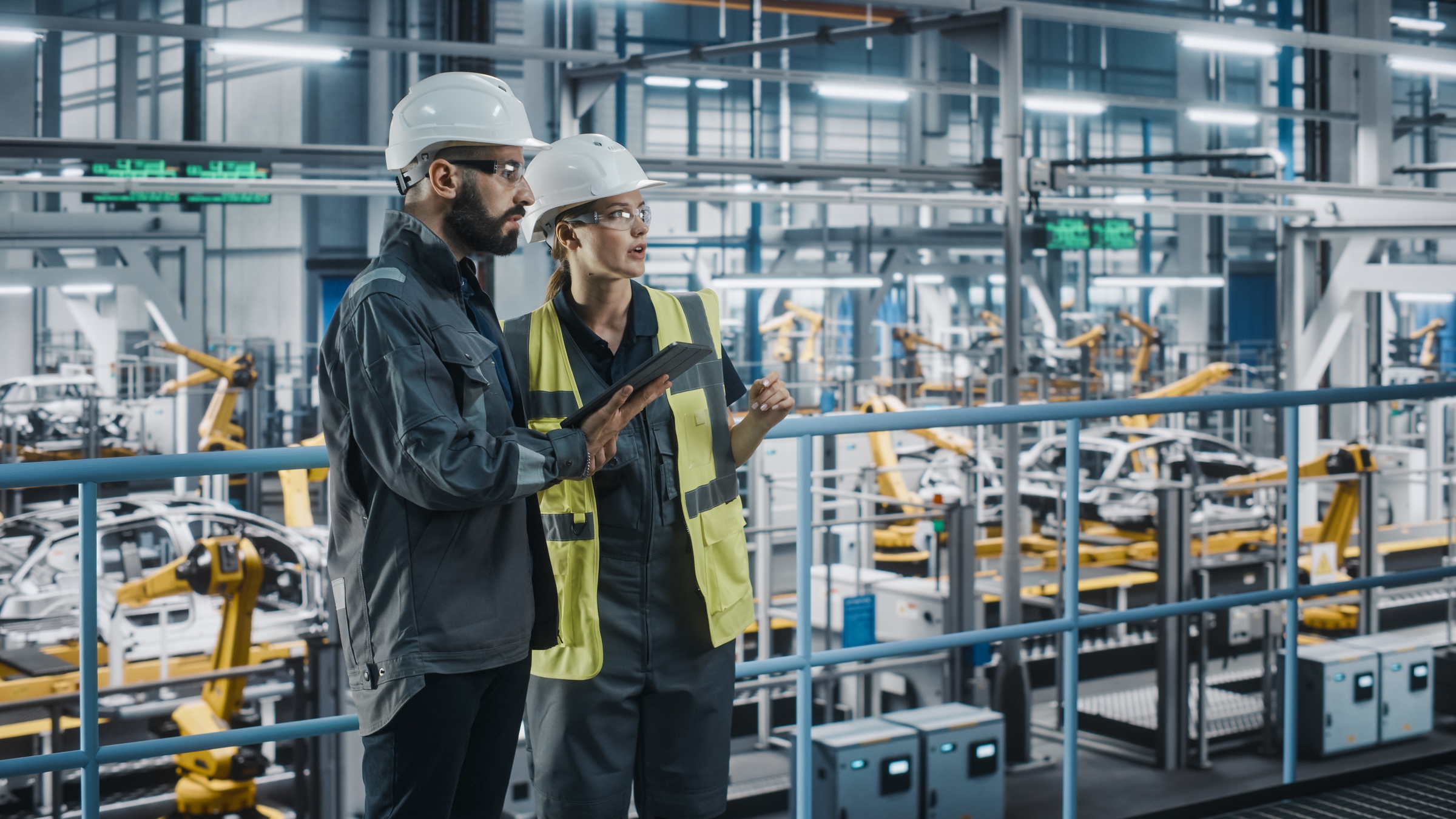MAINTENANCE AS A CAUSE OF FAILURE
Many of us have experienced a similar situation where we take our car for its routine maintenance and the mechanic suggests replacing some worn-out parts, even though everything seems to be in working order.
You leave the mechanic’s shop feeling reassured and content, knowing that your car is now even more reliable than before. Even though your car was running fine previously, you feel more confident now that the suggested maintenance has been performed and new parts have been installed. You can enjoy driving your car without any worries, knowing that you have taken steps to prevent future issues and prolong its lifespan.
However, something peculiar occurs. Shortly after the maintenance, the car, which had been free of any issues, begins to malfunction. You frantically dial the repair shop and explain the problem. The mechanic suggests that it’s a minor error and promises to fix it. You drive back to the shop, and the mechanic appears to have resolved the issue. But the malfunction reoccurs, and you find yourself making frequent trips to the repair shop, which is now more familiar to you than your own neighborhood.
But what could be the reason behind the unexpected car breakdowns after a routine maintenance checkup, even though newer and more durable parts were replaced? It seems like something is not adding up.
The problem may lie in the maintenance itself.
The conventional approach to maintenance is founded on the belief that aging is the primary cause of system failure. It assumes that components deteriorate with time and therefore replacing worn-out parts with new ones is essential to avoid potential breakdowns.
Just as the British Royal Air Force once did.
The British Air Force’s B-24s, which took off from Northern Ireland on U-boat hunting missions, had to undergo mandatory maintenance after every 50-hour flight. Unfortunately, half of the already limited number of these vital aircraft had to wait on the ground for extensive maintenance.
Conrad Hal Waddington, who oversaw the maintenance of these planes, was an unlikely candidate for the role, as he was a biologist rather than an engineer or maintenance specialist.
The traditional approach to maintenance views machines as a collection of identical parts that are assembled together. Repairs are typically performed by simply replacing the faulty parts, without much regard for the overall system. It’s a very different approach from treating diseases in living beings, where the root cause of a problem can be complex and multifaceted.
Waddington, with his background in biology, was initially doubtful about the mandatory overhaul of airplanes and the frequent replacement of parts. However, upon analyzing all the maintenance and flight data, he found that maintenance was actually the primary cause of aircraft failures. Contrary to the prevailing belief that replacing parts would prevent breakdowns, Waddington discovered that airplanes tended to malfunction more frequently after maintenance and that these malfunctions would gradually decrease over time. In other words, maintenance was actually causing damage to the planes in the process of trying to improve them.
After the discovery of the Waddington paradox, which revealed that traditional maintenance was actually damaging the airplanes, the maintenance periods were extended and the planes were able to fly 60% more before undergoing maintenance. As a result, the planes experienced fewer breakdowns and were able to fly more reliably. This highlights the importance of rethinking traditional maintenance approaches and considering the potential negative impacts of overhauling and replacing parts too frequently.
The work of Waddington remained a secret for many years until two aircraft engineers, Stan Nolan and Howard Heap, revisited the paradox in the 1970s. They concluded that maintenance based on aging and general replacement of parts was not comprehensive enough and advocated for a shift towards a more specific maintenance approach.
Well, how can we overhaul a machine or system such as an airplane, where the risk of failure in the air is too great or where there is a huge financial loss if it fails, without breaking it?
To ensure the longevity and efficiency of a machine, it is crucial to develop maintenance management systems that are tailored to the nature of its parts and potential failures. Depending on the component, periodic maintenance or continuous monitoring may be necessary. By implementing a customized maintenance plan, machine operators can optimize the performance of the system while minimizing the risk of failure and downtime. It is also important to regularly review and update these maintenance strategies to ensure they remain effective and relevant over time.
It may be more suitable to refrain from intervening with certain parts of a machine until they actually fail, and repair or replace them afterwards. Performing frequent maintenance that involves disassembling and reassembling a machine can actually harm its overall health.
To ensure optimal machine health, maintenance management systems should be tailored to the nature of the parts and potential failures. For some parts, it may be more effective to avoid intervention until after a breakdown occurs, at which point repairs can be made. However, for vital parts, continuous monitoring is the most appropriate strategy, as it allows for early warnings and proactive maintenance planning.
NEW APPROACH IS EMERGING
All of these experiences and lessons were accumulated over time, leading to the birth of a new solution. This solution was made possible by the convergence of two emerging technologies – IoT sensors and intelligent software solutions.
Thanks to the power of IoT sensors and AI-based software, it’s now possible to detect potential equipment issues before they result in costly downtime. By continuously monitoring equipment, IoT sensors can collect real-time data on various parameters such as temperature, sound, and vibration. This data can then be analyzed using AI-based software, which can identify patterns and trends that may indicate potential issues or anomalies.
Machine learning algorithms can leverage this data to provide organizations with actionable insights. For instance, if a machine’s vibration is consistently running higher than normal, it may indicate a malfunctioning component that needs to be addressed. By detecting such issues early, organizations can take proactive measures, such as scheduling maintenance or replacing a part, before a failure occurs.
AI-based software can also help organizations optimize maintenance schedules by analyzing historical equipment data to predict when maintenance is needed based on usage patterns and wear and tear. This approach can help reduce costs associated with maintenance and downtime while improving overall equipment performance.
IoT sensors and AI-based software provide organizations with powerful tools to detect potential issues before they become major problems, optimize maintenance schedules, and improve equipment performance, ultimately leading to increased efficiency and cost savings.
Unfortunately, Conrad Hal Waddington was unable to propose this approach to the Royal Air Force, as IoT sensors and sophisticated software for data analysis were not yet
available at the time.
But now there is….



0 Comments